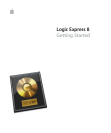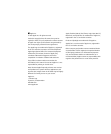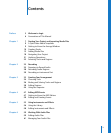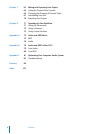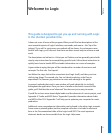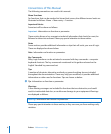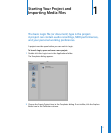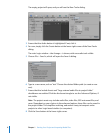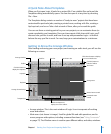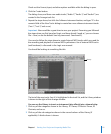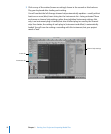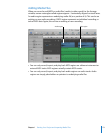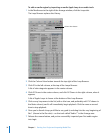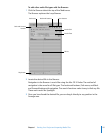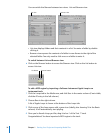
5
Preface
Welcome to Logic
This guide is designed to get you up and running with Logic
in the shortest possible time.
It does not cover all areas of the program. What you will find are descriptions of the
most essential aspects of Logic’s interface, commands, and menus—the “tip of the
iceberg,” if you will. In most cases, one method will be shown. As you become more
familiar with Logic, you’ll discover that there are often several ways to achieve an end
result.
The descriptions are laid out in a “what you see” fashion, and are generally paired with
step-by-step instructions for accomplishing specific tasks. Follow these instructions to
quickly learn how to handle MIDI and audio information via a series of examples.
It goes without saying that you will be introduced to a number of new terms and
concepts. The first rule: Don’t panic!
Just follow the steps, look at the screenshots (and Logic itself), and take your time
while trying things. The second rule: You can’t break anything, so feel free to
experiment. Do, however, pay attention to notes and warnings in the guide.
In general, methods that work in one window will work identically (or similarly)
throughout the application. Once you have a handle on the basics covered in this
guide, you’ll find that the more “advanced” functions are just as easy to master.
If you’d like to learn more about digital audio and the elements of a music project, read
Appendix A, “Audio and MIDI Basics.” Appendix B provides information about Audio
and MIDI in Mac OS X. Appendix C will help you to optimize your computer for music
production.
Additional, more comprehensive information can be found in the other Logic manuals.
Some come as printed guides, but the complete collection is included in electronic
form in the Documentation folder of the Logic Install DVD. The most important
electronic books are also accessible from the Logic Help menu.



